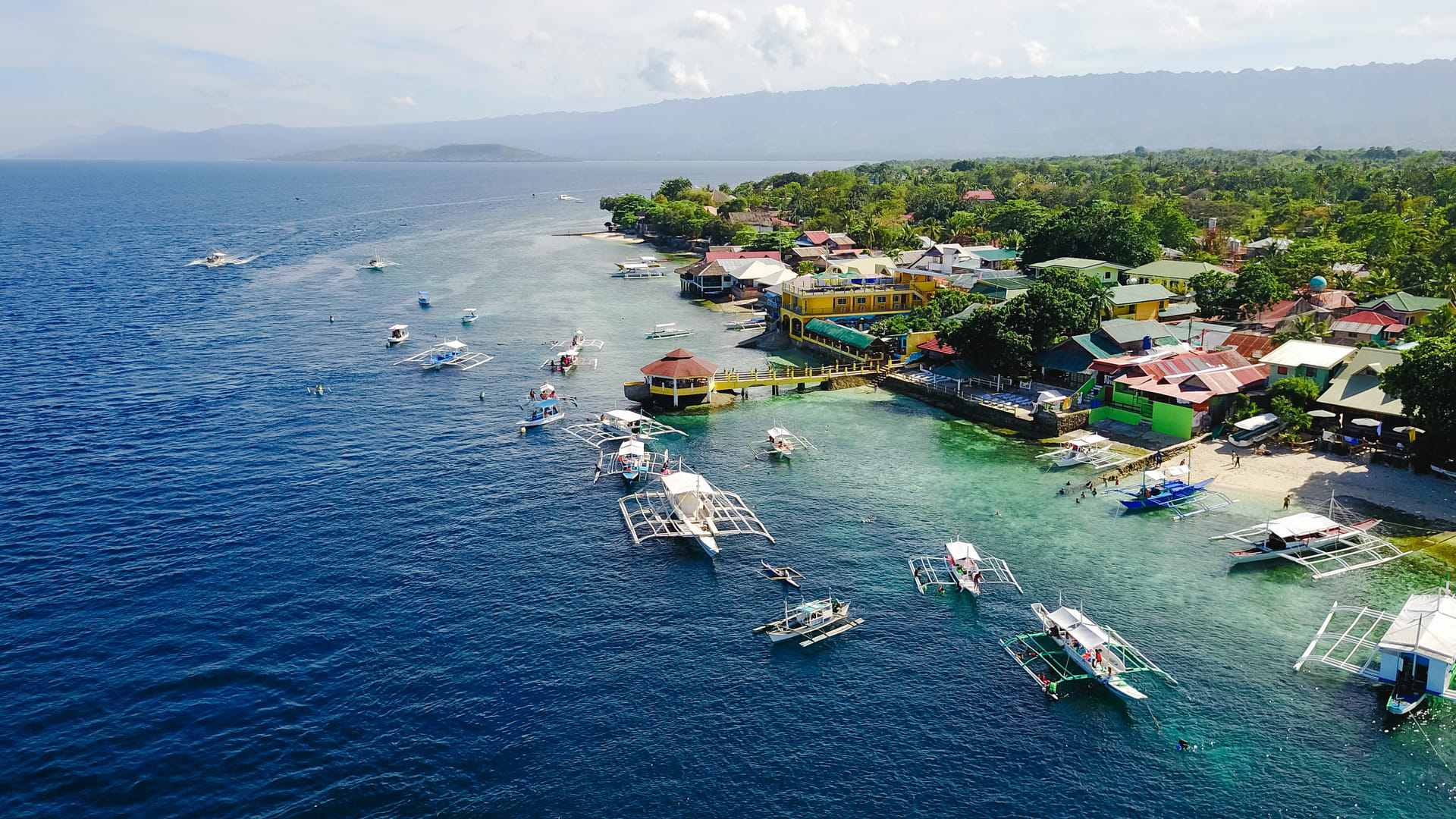Climate risk and vulnerability assessment for the Laguna de Bay basin
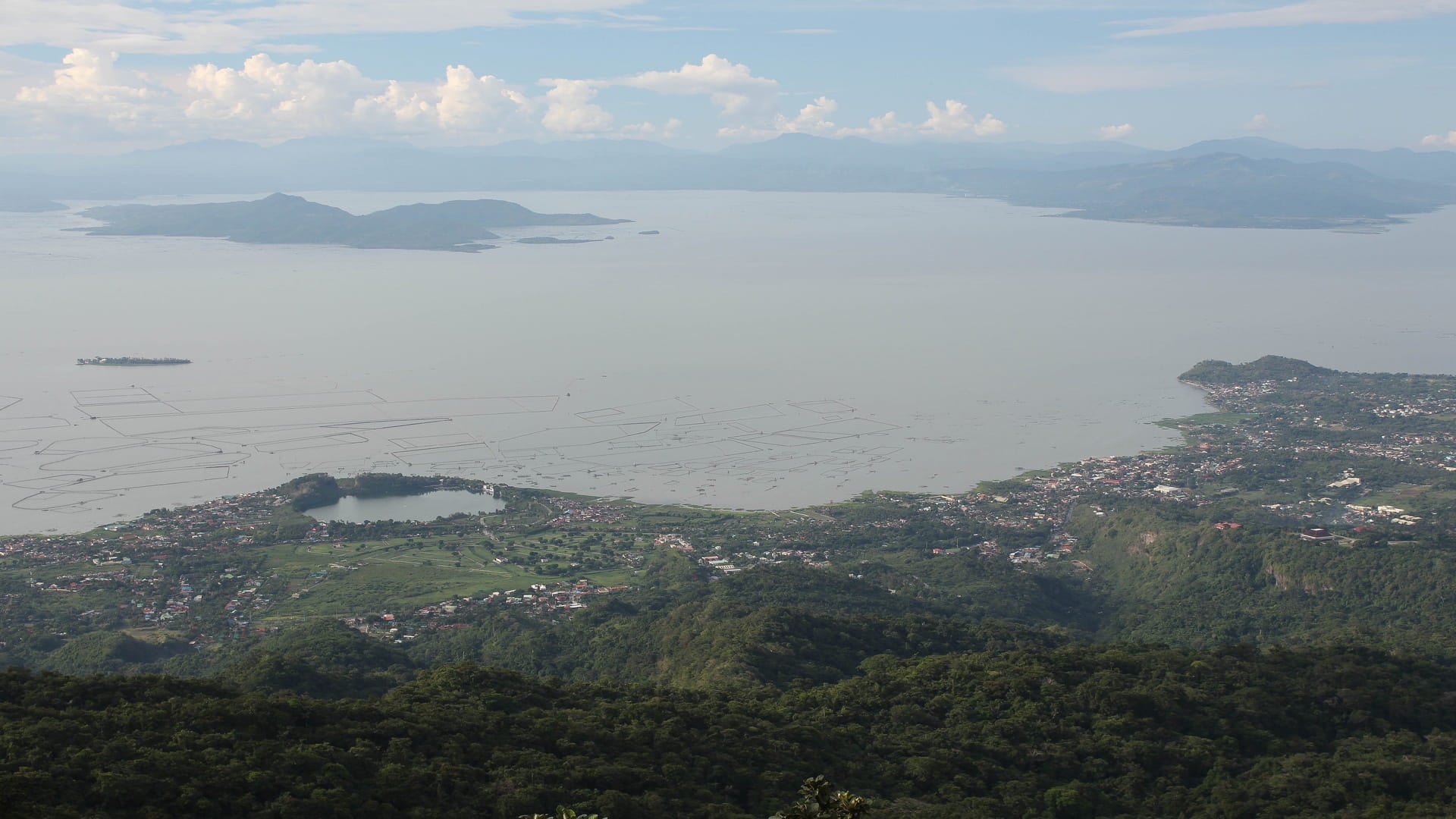
Project facts
- ClientAsian Development Bank (ADB)
- LocationLaguna lake area (Metro Manila, Laguna, Rizal, Batangas, Cavite), Philippines
- DateOctober 2024 – August 2025
- ChallengeAddressing Laguna Lake’s growing vulnerability to climate-related hazards intensified by rapid urbanisation and economic development.
- SolutionA comprehensive Climate Risk and Adaptation Assessment to assess climate risks, model future scenarios, and develop adaptation roadmaps.
The challenge
Laguna Lake is the Philippines’ largest lake. It plays a vital environmental and socio-economic role for the country, delivering services which are foundational for its economic development.
The Lake is home to a variety of species, including fish, plants, and migrating birds, and serves as a vital resource for fishing, agriculture, power generation, and flood management. It also acts as a waterway for transport, connecting people and communities to important facilities for economic development.
Today, the Laguna Lake area boasts a population of more than 15 million people, but rapid urbanisation can come at a cost. Like many similar areas in Southeast Asia, Laguna Lake is increasingly vulnerable to hazards such as more intense rainfall, rising temperatures, and storm surges. These threats translate into growing climate risks, including frequent and severe flooding of low-lying urban areas, damage to transport and energy infrastructure, declining water quality from increased runoff and pollution, and heightened stress on aquatic ecosystems and fisheries.
To help address these issues, Haskoning is supporting the Asian Development Bank in collaboration with the Laguna Lake Development Authority (LLDA), the Department of Environment and Natural Resources (DENR), and the six provincial governments to conduct a comprehensive system-level Climate Risk and Adaptation Assessment (CRA). The goal is to identify current and future climate risks and provide evidence-based recommendations for future-proofing Laguna Lake with integration into the upcoming new LLDA Master Plan. This will help to safeguard Laguna Lake and its communities for the decade ahead and beyond.
The solution
Over the last year, Haskoning team has been working in close collaboration with DENR, LLDA, and key national agencies, local governments, and other stakeholders to determine exposure – sensitivity – adaptive capacity of the Lake’s assets, infrastructure, and communities. This included undertaking extensive data collection and consultations, developing a spatial and system-level map that identifies current and planned critical assets and infrastructure networks, and developing multi-composite climate projection maps. The project also delivered a phased adaptation approach including short-, medium-, and long-term recommendations, and a Climate Risk Management Framework.
Our geographical knowledge of the region and extensive experience working with diverse stakeholders enabled us to deliver a range of services in support of the Climate Risk and Adaptation Assessment (CRA).
We assessed current and future climate risks, mapped systemic infrastructure dependencies, and identified feasible adaptation pathways. Our work built on spatial and systems-level mapping, analysis of planned infrastructure investments, and review of national and local policies related to climate change, land use, and disaster risk reduction.
We conducted targeted consultations with key stakeholders, including LGUs, utilities, and sectoral agencies, to understand current vulnerabilities, institutional priorities, and knowledge gaps. This informed our climate risk screening process, which incorporated historical observations, future climate change projections using CIMP6’s results for SSPs, hazard modelling, and asset-specific vulnerability assessments.
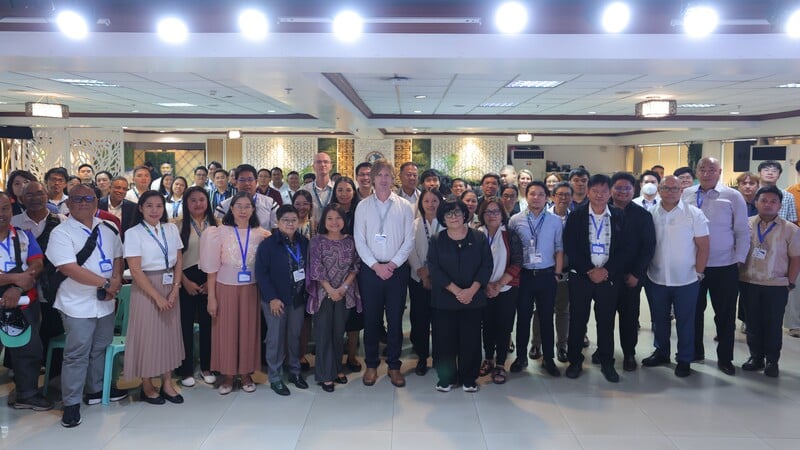
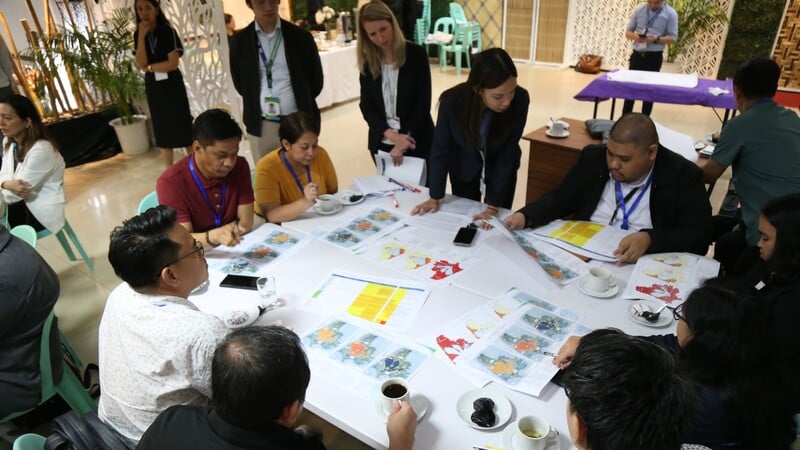
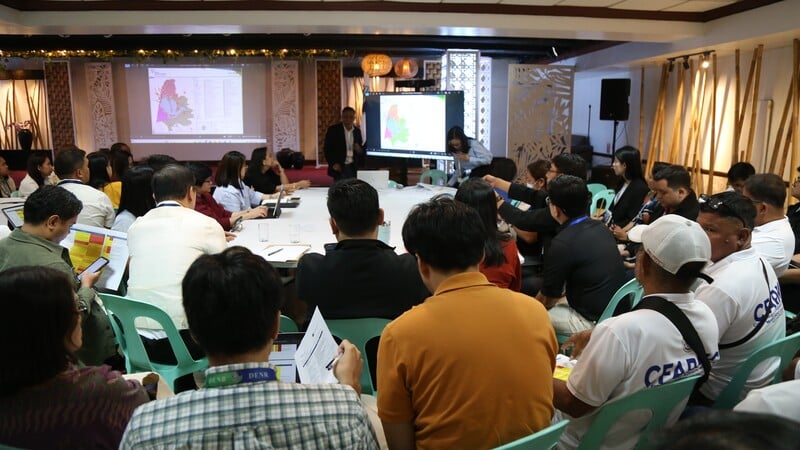
Laguna Lake Climate Change Risk and Adaptation Workshop. Held on May 5, 2025, in collaboration with the Department of Environment and Natural Resources (DENR), Laguna Lake Development Authority (LLDA), ADB and Haskoning.
The resulting CRA Report identifies a list of priority climate risks and provides a suite of adaptation recommendations aligned with spatial zones of the lake, risk severity, and timelines for action (immediate, short-term, and long-term). These findings are designed to directly inform the upcoming LLDA Master Plan (2026–2036).
The Climate Risk Management Framework sets out a strategic and adaptive approach to managing climate-related risks across key infrastructure and economic sectors. Designed to guide national, regional, and local government agencies (as well as private sector actors) for adaptive management that supports flexibility, cost-effectiveness, and prioritization of no- and low-regret measures, while avoiding overinvestment and maladaptive outcomes.
Our team, including Climate Change Risk and Adaptation Specialists, GIS Specialists, Water and Urban Infrastructure Specialists delivered:
- A climate risk and vulnerability assessment covering 15 key infrastructure systems
- GIS-based multi-hazard maps linked to specific zones around Laguna Lake
- Stakeholder engagement and co-development of risk-informed planning actions
- Adaptation strategy linked to land use planning and infrastructure investment
- Adaptation measures for priority risks associated with vulnerable assets, infrastructure, and communities
- Recommendations for integrating risk analysis into the LLDA Master Plan and broader spatial development

Partnering with ADB, this project boosts climate resilience in infrastructure planning—benefiting Laguna de Bay and serving as a watershed model. We thank all partners for their valuable support.
The result
The outcome of this project was a comprehensive CRA report, climate risk management framework, and adaptation roadmap that enhances institutional capacity for future climate-informed land use planning.
The roadmap will help ensure stronger alignment between local and national climate strategies, and provide a replicable model for other lake and watershed systems in the region.
Ultimately, this assessment will act as a facilitating guide for early-stage infrastructure planning, ensuring climate adaptation and resilience considerations are integrated across the region and beyond.
Want to know moreor got a question?
Contact our Climate Resilience experts!
